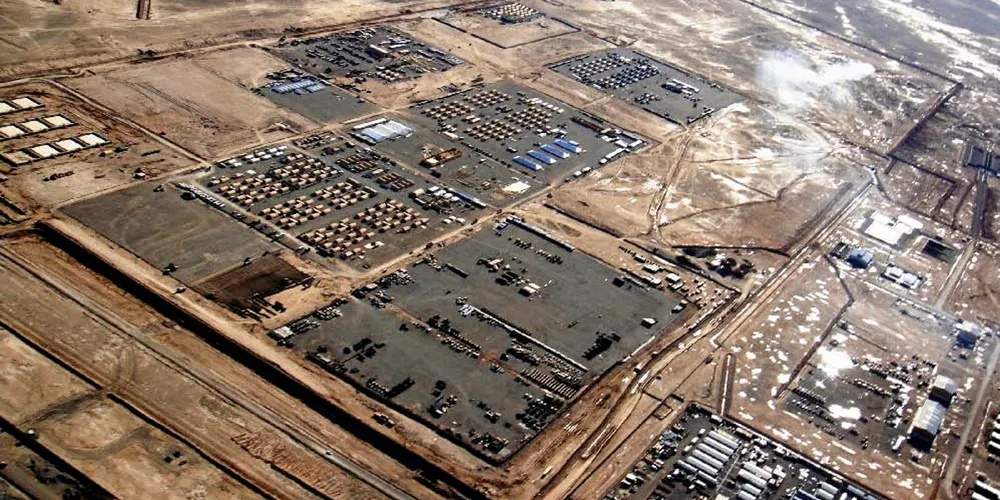US military trials new energy storage tech to support advance operations
Future US military operations overseas could be supported by huge iron-flow batteries deployed in shipping containers

Future US military operations overseas could be supported by huge iron-flow batteries deployed in shipping containers
